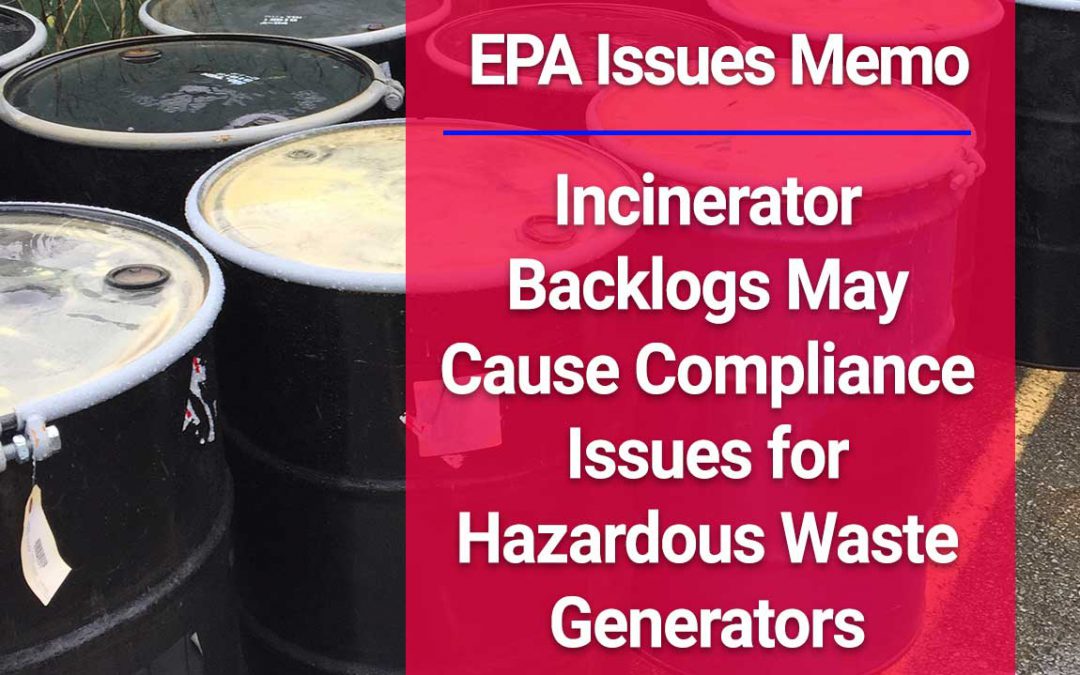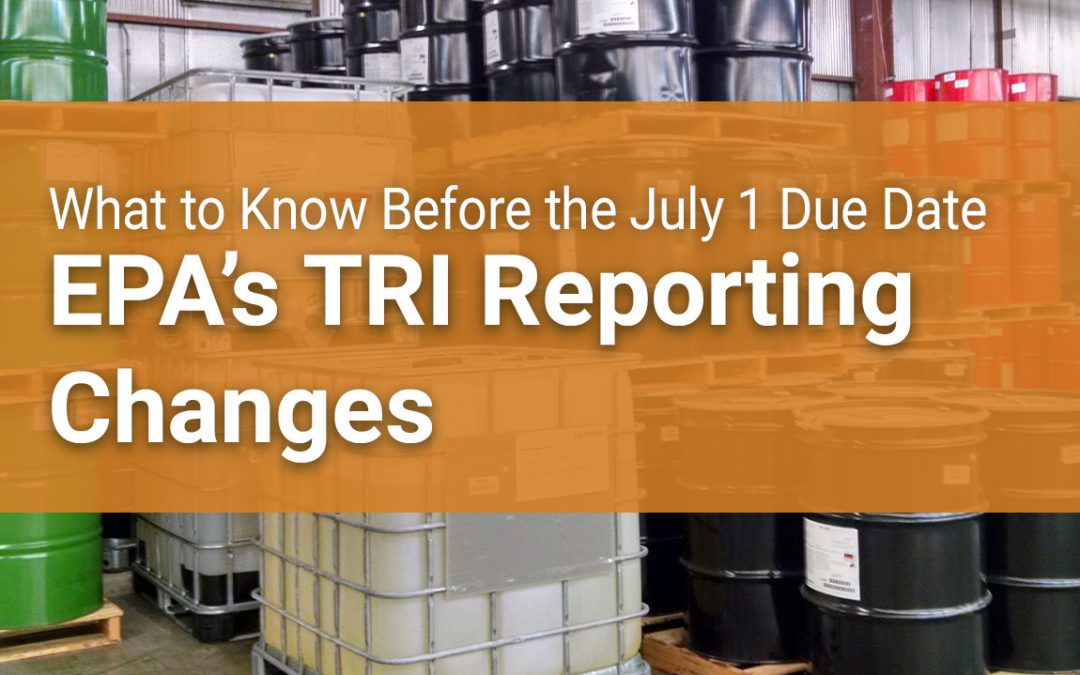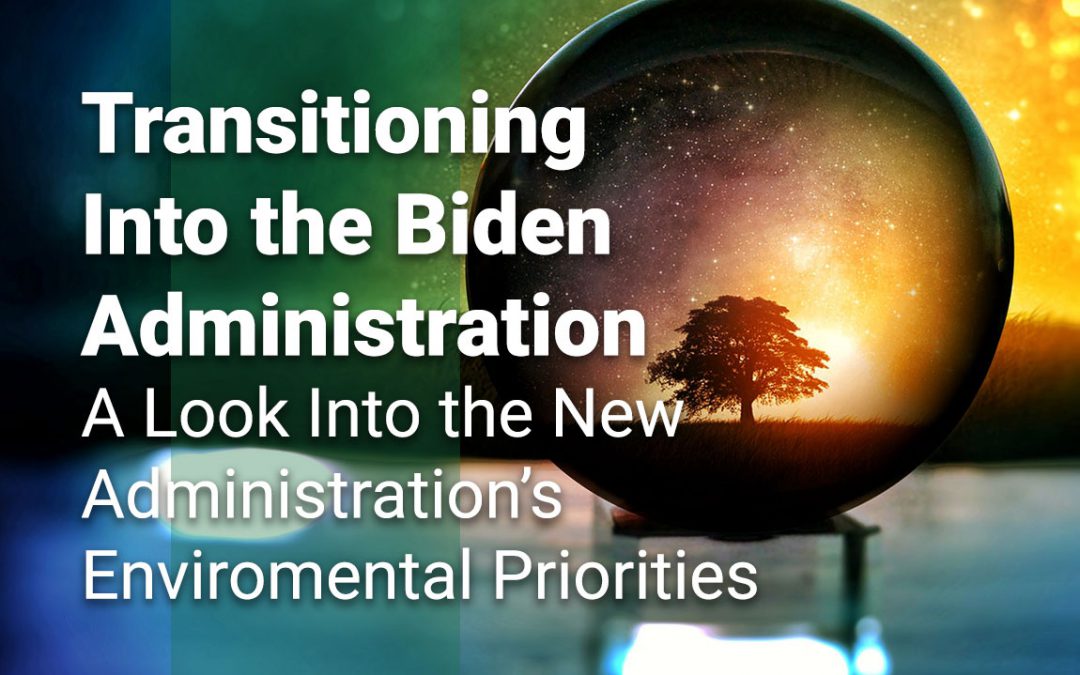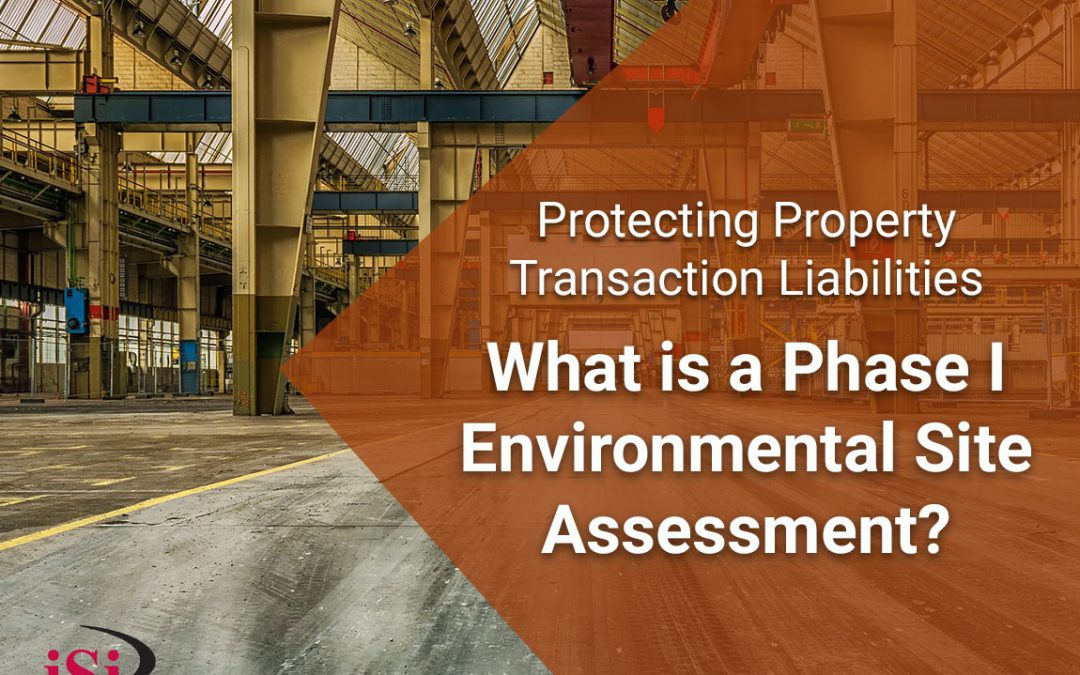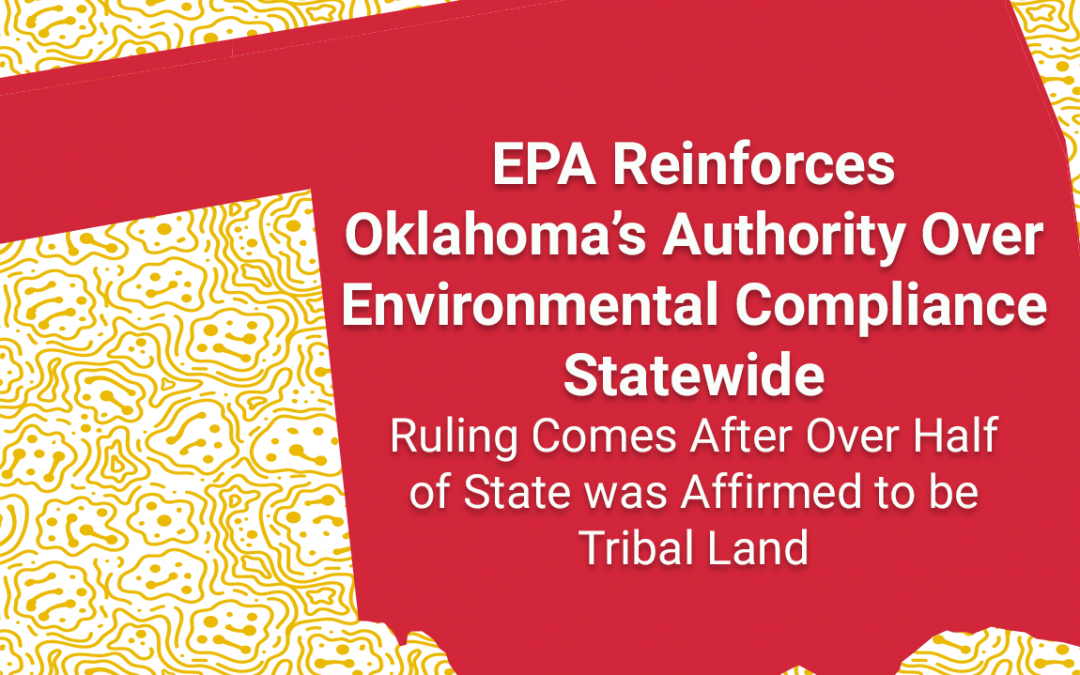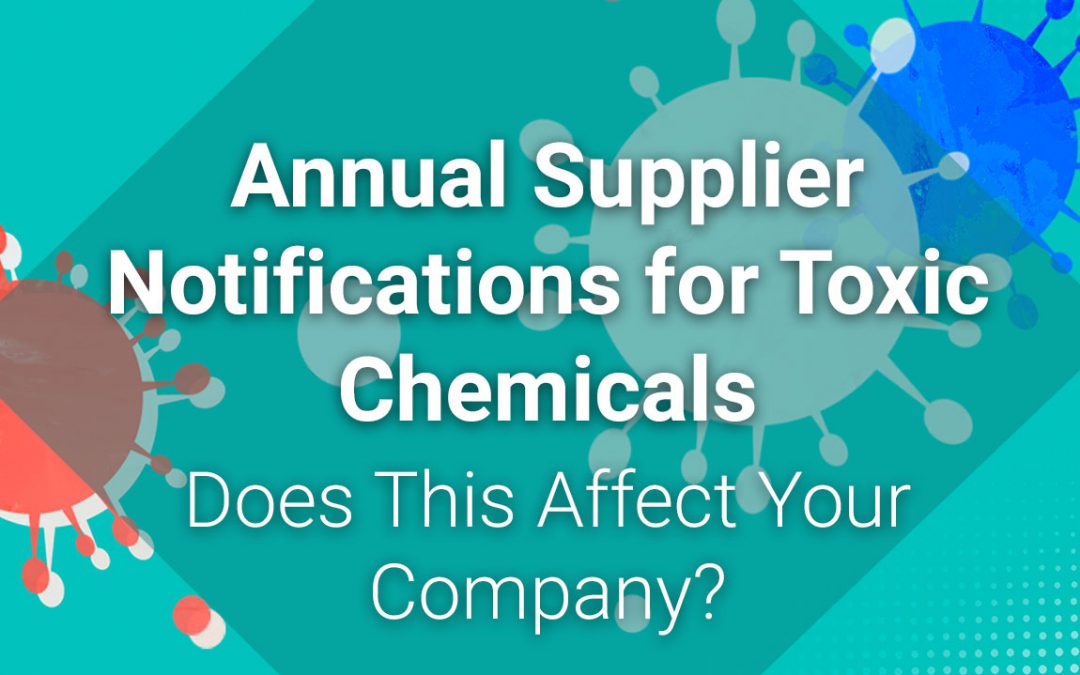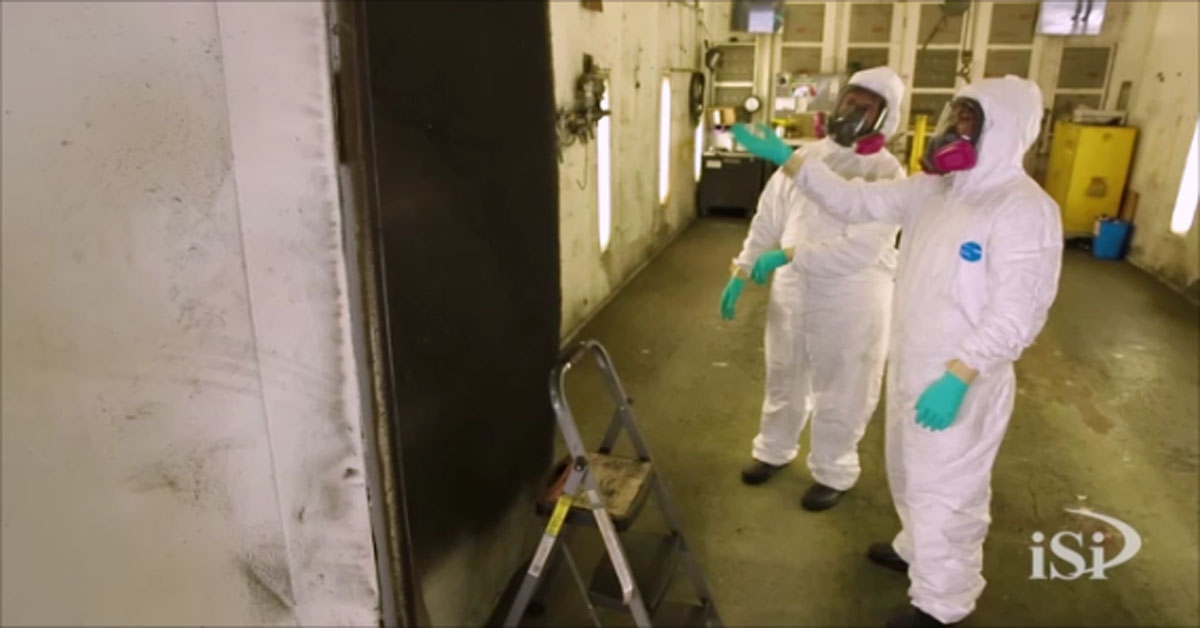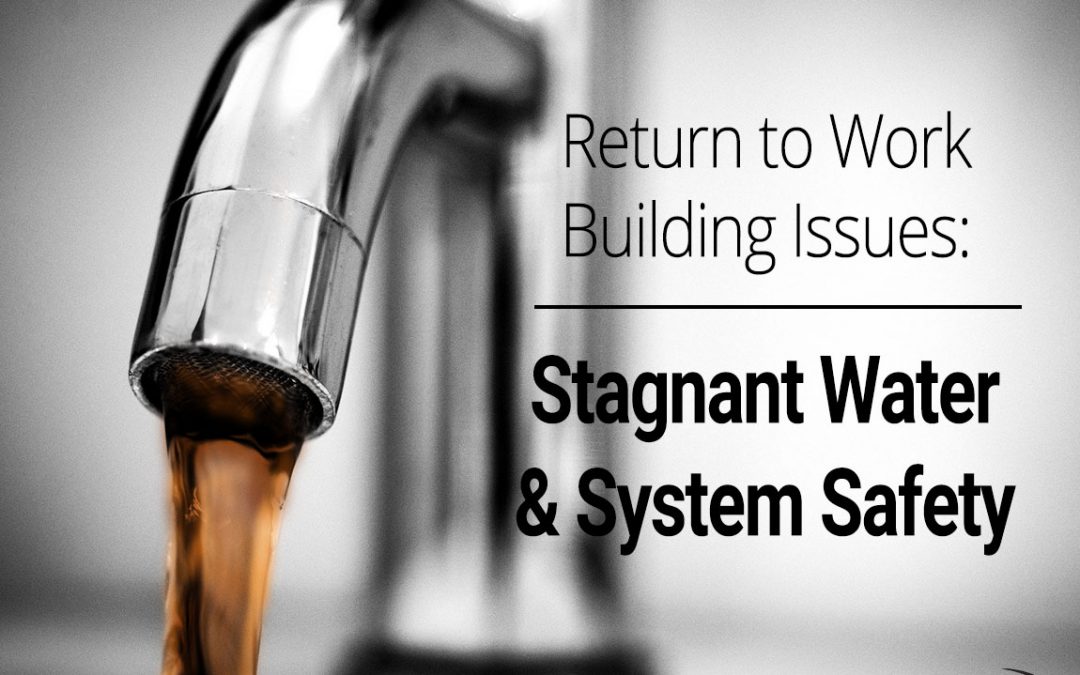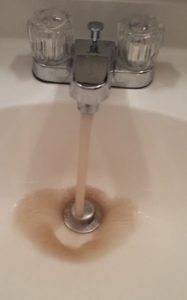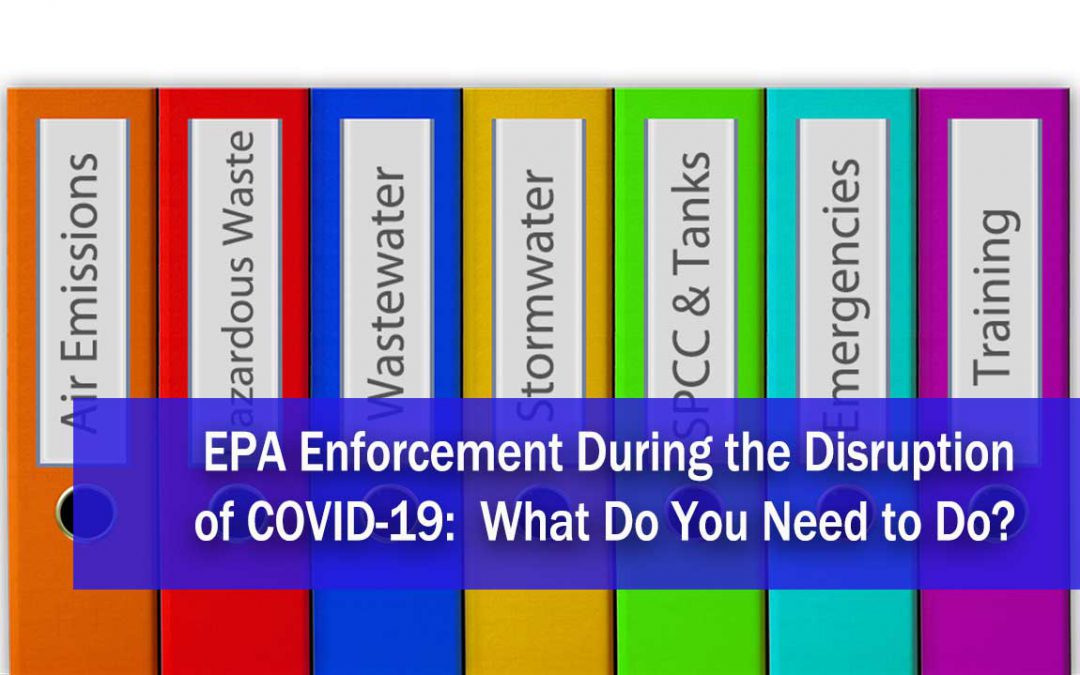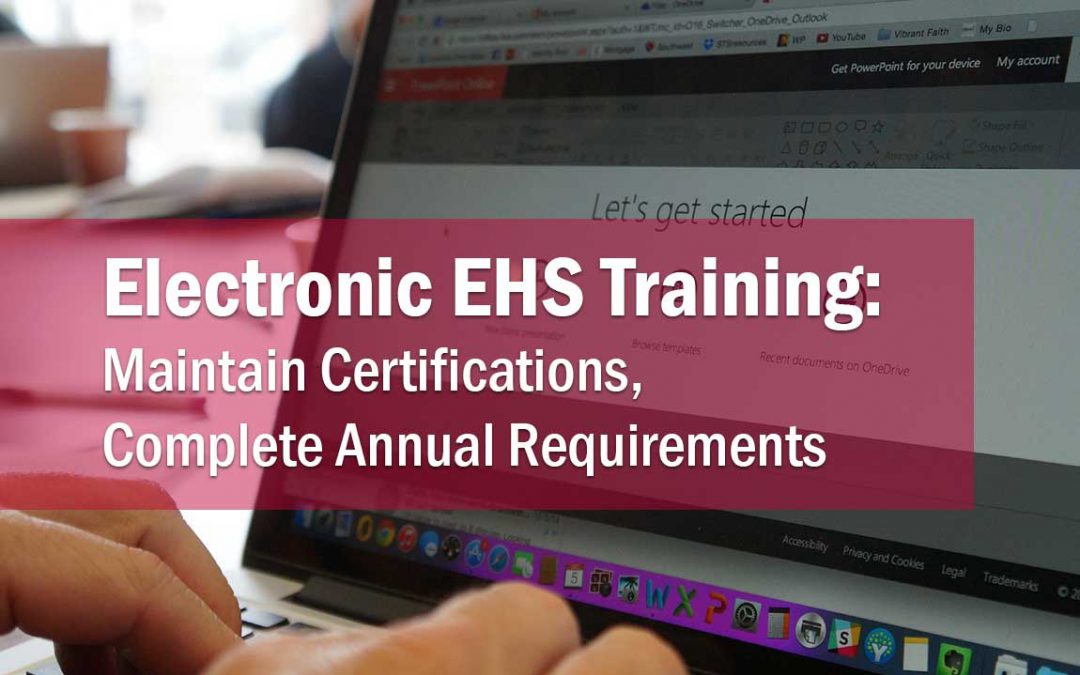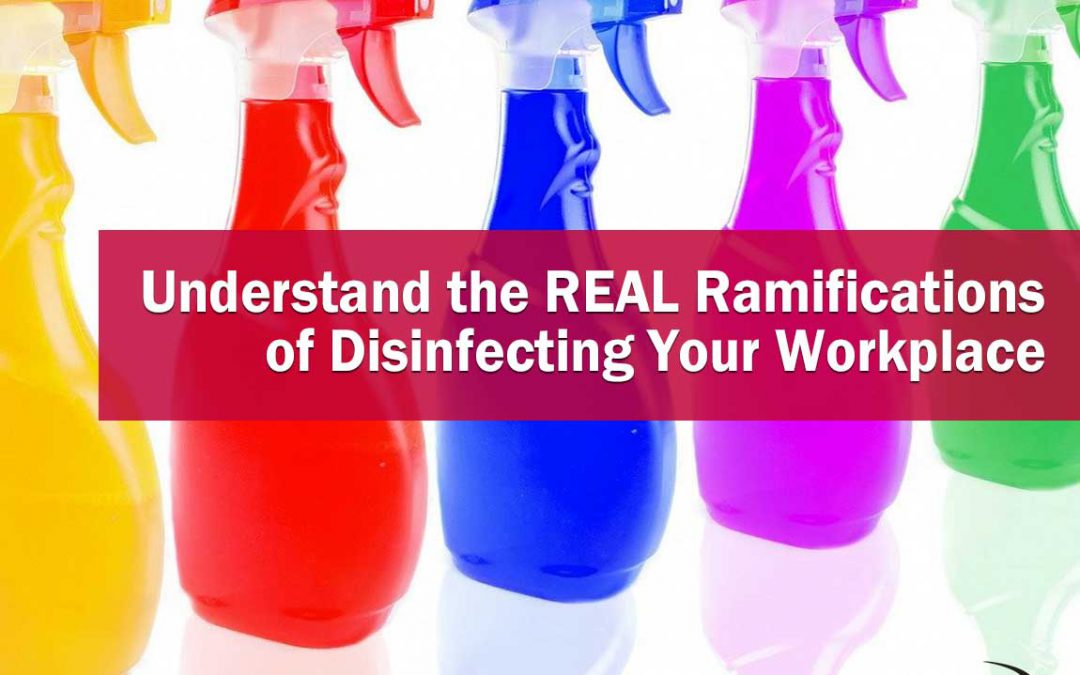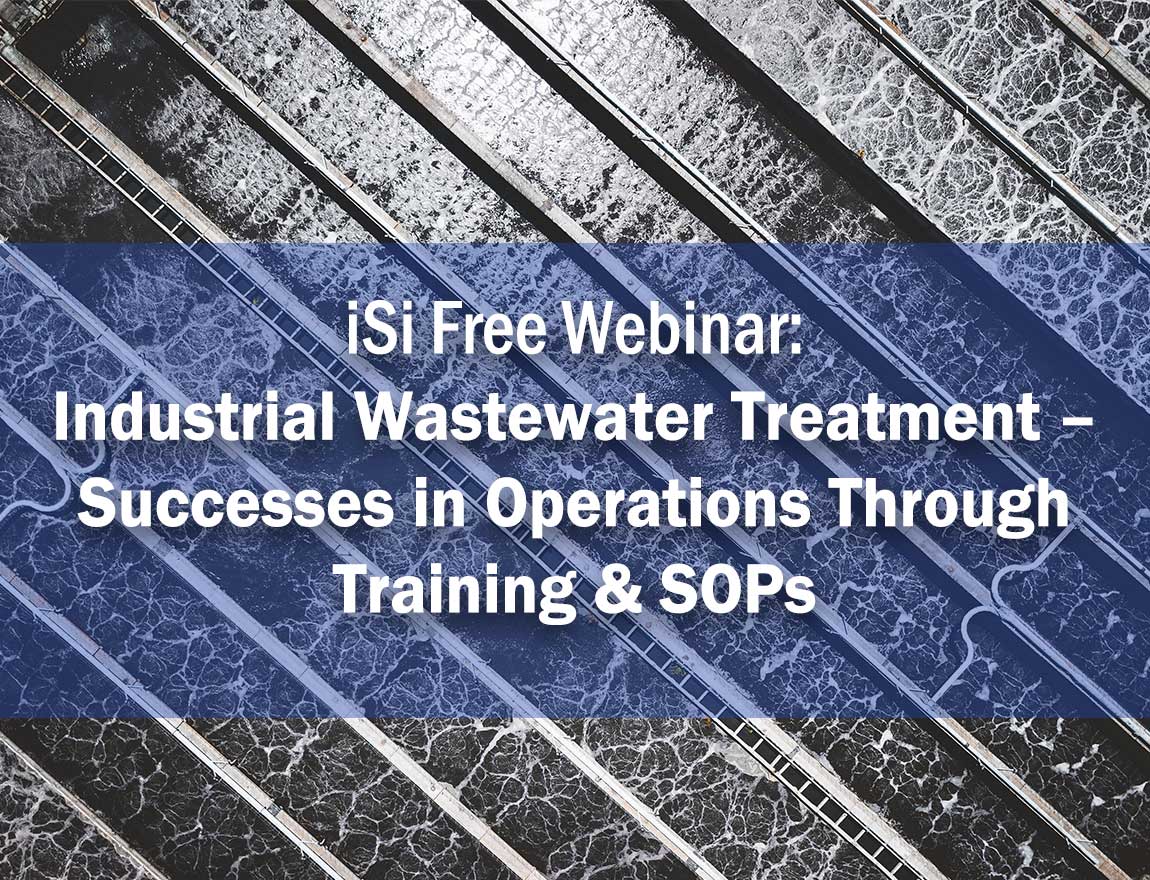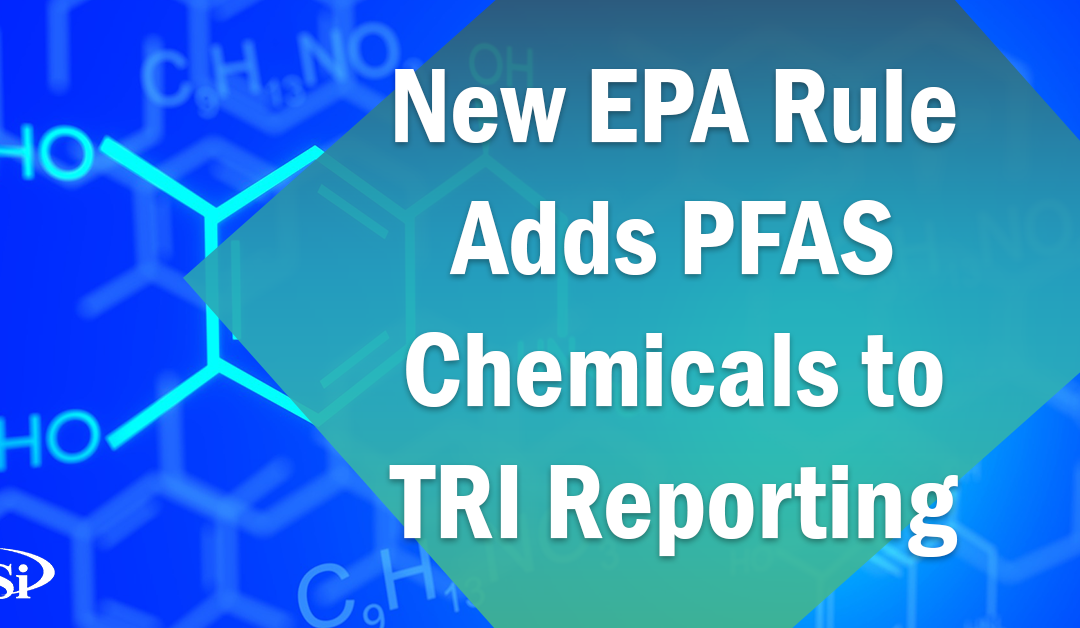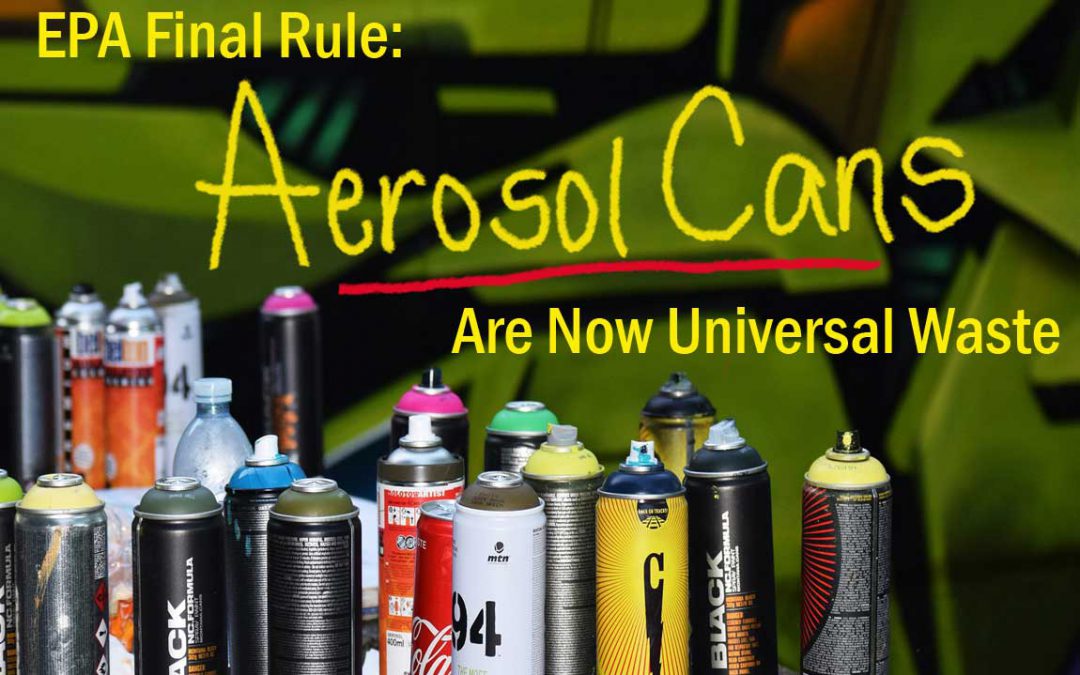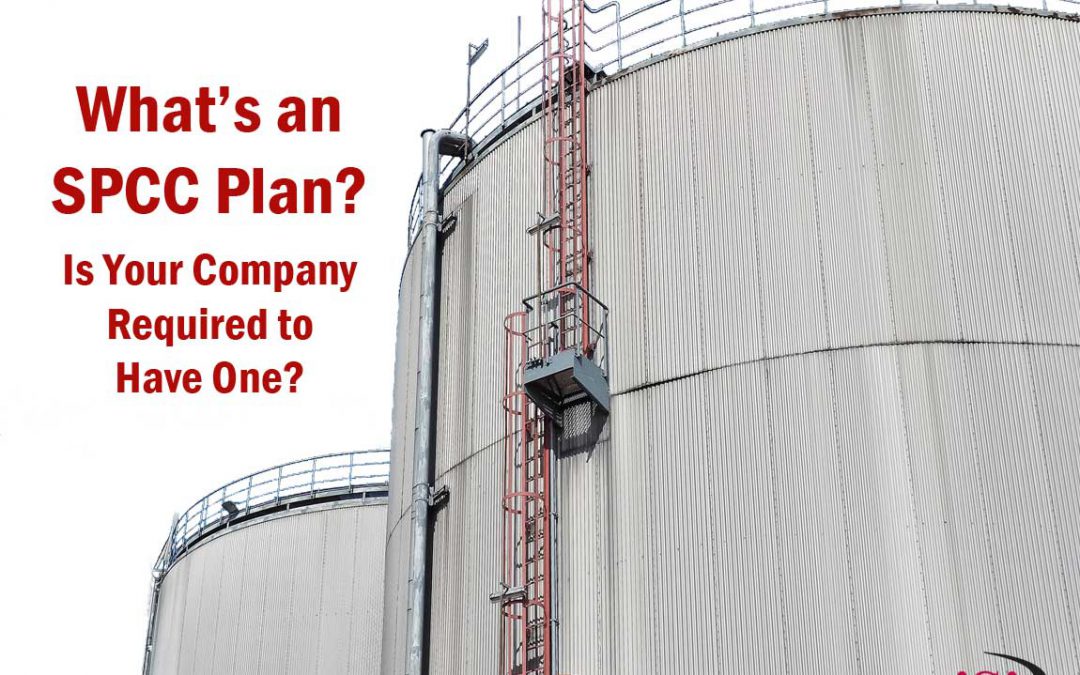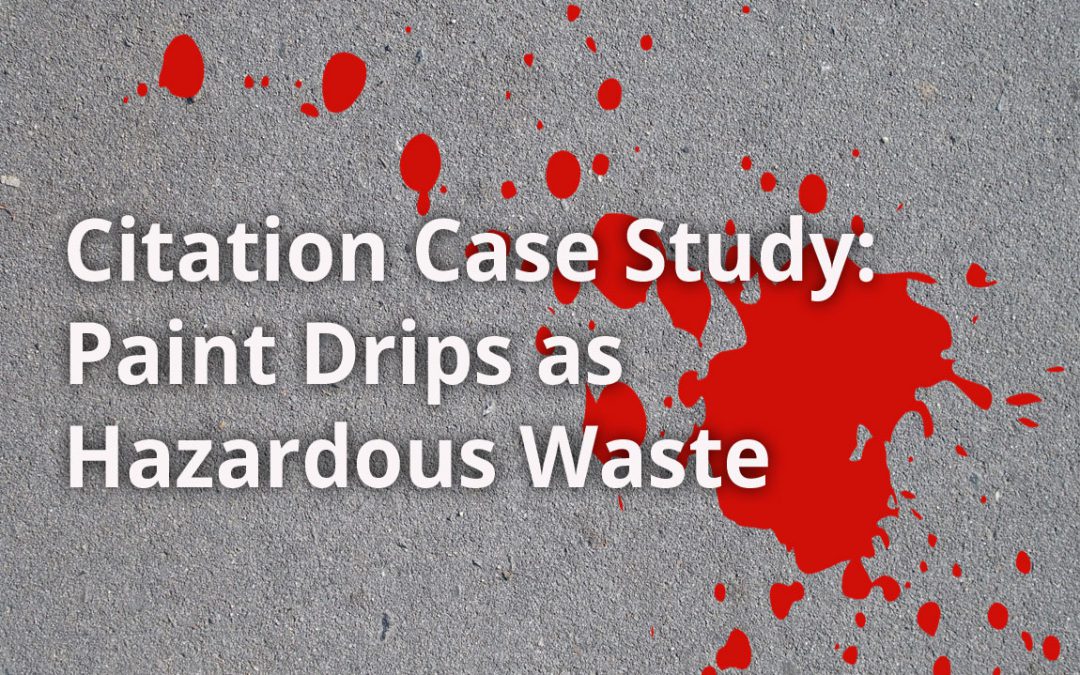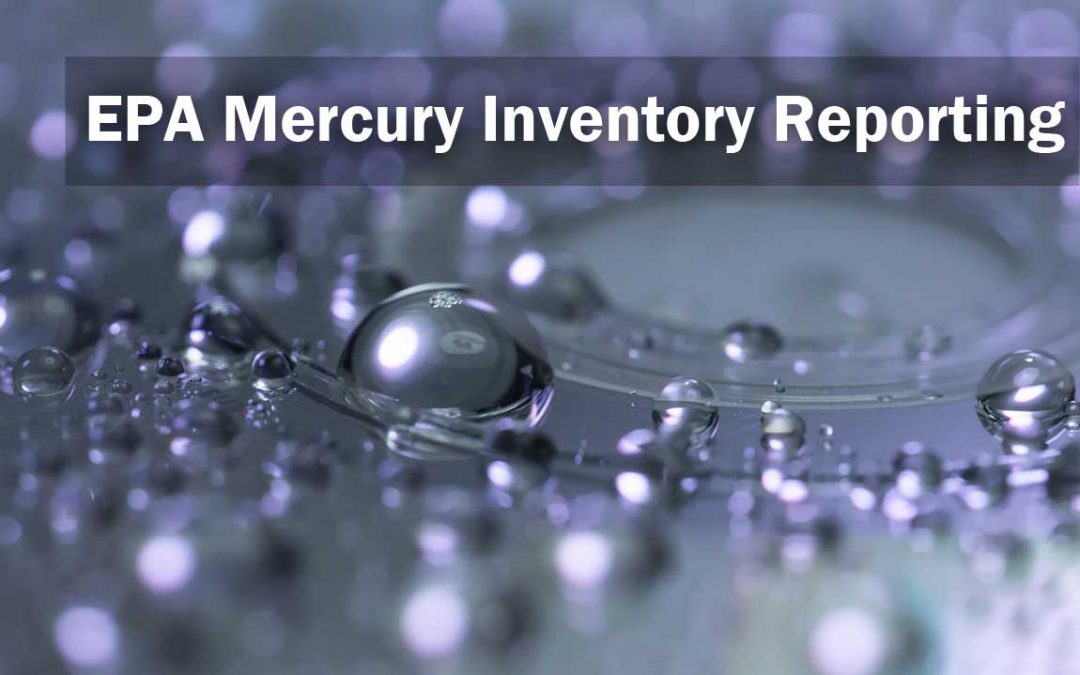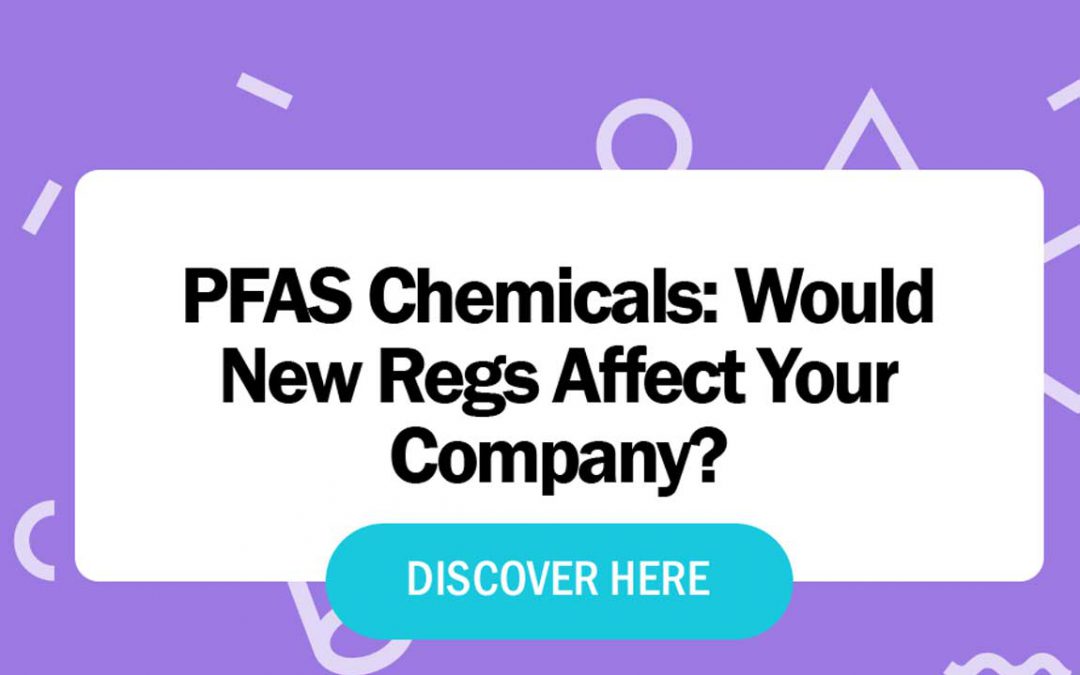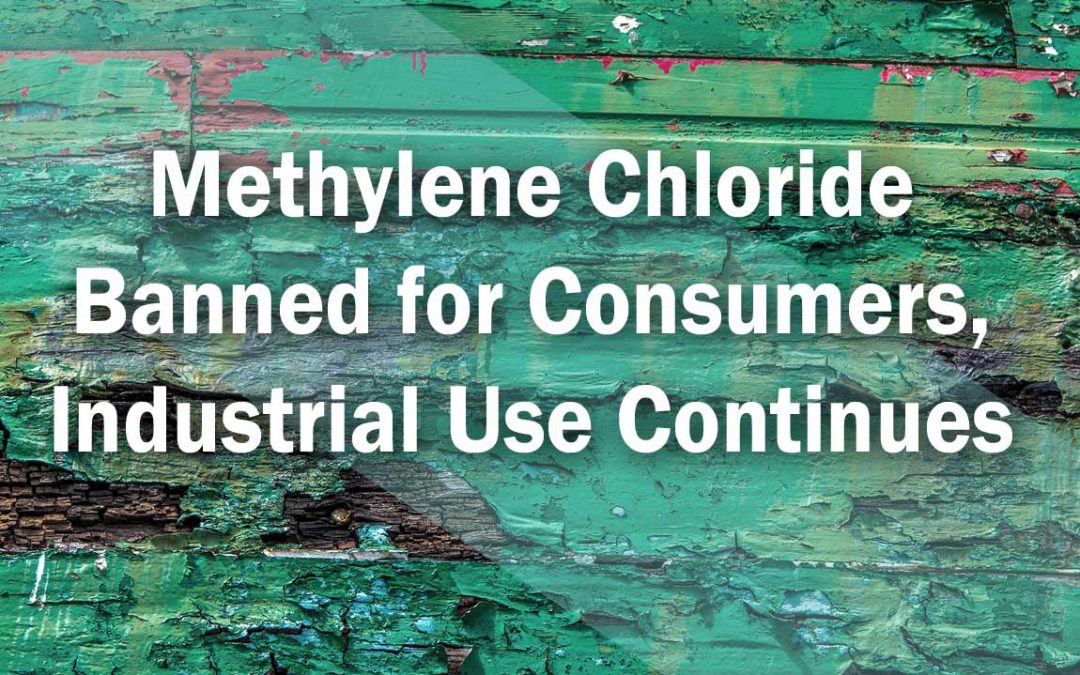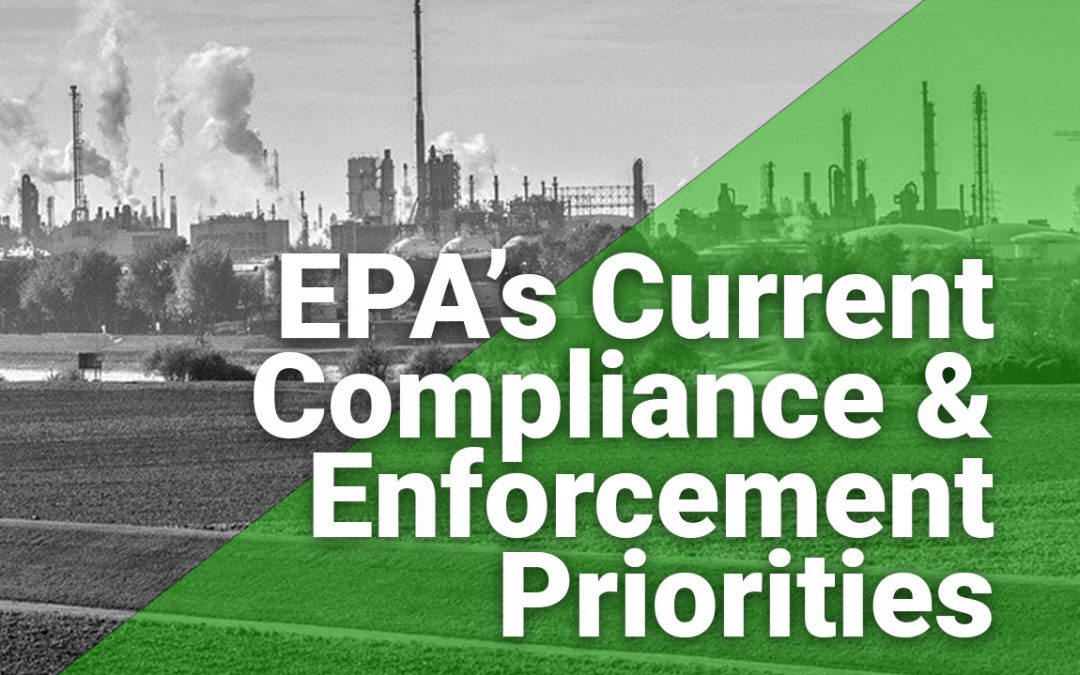
EPA Discusses Current Compliance, Enforcement Priorities and Initiatives
At the recent KDHE Environmental Conference, Dave Cozad, Director of the Enforcement and Compliance Assurance Division with Region VII EPA gave an update outlining EPA’s upcoming compliance and enforcement priorities.
Compliance Inspections & Public Posting of Reports
EPA was scheduled to go back out to do more onsite inspections, but the resurgence of COVID put a delay on that. For the past year they had been doing some announced remote inspections to evaluate compliance. However, unannounced inspections will eventually resume. Inspectors will have Smart Tables preloaded before they go onsite. Their goal is for the report of findings be available in less than 60 days after inspection.
One important comment made was that EPA is working on implementing the public posting of inspection reports. That is, what is found at your site during an inspection and what’s on your report will eventually be available for anyone to see.
Executive Orders Provide Roadmap
EPA has been given several directives through Executive Orders (EOs), and the issues EPA will focus on will very much be related to these.
These EOs include the following guidelines:
- Hold polluters accountable, including those who disproportionately harm communities of color and low-income communities.
- Strengthen and enforce environmental violations with disproportionate impact on underserved communities
- Create a community notification program to monitor and provide real-time data to the public on current environmental pollution
- Strengthen enforcement in communities with environmental justice concerns
- Tackle climate change and enforcement of climate change-related issues
The term “environmental justice”, or EJ, goes along with these directives and will be applied to daily decision making. To meet the directives, EPA will be spending more of their time looking at regulated industries in these underserved communities and will be strengthening enforcement of violations for cornerstone environmental statutes and civil laws. Thus, the number of air, wastewater, and hazardous waste inspections in these areas will increase and items such as air monitoring results may be posted for the public to review.
EPA plans on going into these areas and speaking with the people about their enforcement case concerns rather than just determining themselves what EPA thinks they need, as they historically have done.
In the area of climate change, they’ll be targeting cases with greenhouse gas-related requirements and a ban on importing hydrofluorocarbons. Climate-focused mitigation and resilience will be a part of the efforts. For example, taking a look at situations like floods where there are chemical plants in floodplains or where sewer systems could have major overflows.
National Compliance Initiatives
National Compliance Initiatives are set goals that follow a certain process and include the states. Because of this, they are much harder to change from administration to administration. Some of these have been initiatives for the past 2 years, but give an idea of certain targets of inspections.
RCRA Air
This is hazardous waste emissions via air, where there are regulations related to the quantity of VOCs emitted. This is for facilities with tanks, surface impoundments and valves. Inspectors have started making a concerted effort to look at these during their inspections and it’s one of the lesser items focused on by some facilities. Right now 30% of facilities being inspected are not complying with this part of the regulation, and the fines can be $255,000. What is RCRA Air? Learn more here.
Chemical Accident Reduction – RMP
EPA will be checking that Risk Management Plans are in place and implemented properly for those that are required to have them. This is related to Clean Air Act section 112(r) for the prevention of accidental releases of chemicals. Facilities that store and handle large quantities of listed regulated substance in a process, over certain threshold amounts. EPA inspection data is showing that 50-75% of facilities are not complying fully with RMP.
Creating Cleaner Air for Communities and Drinking Water
We listed these 2 initiatives together because they will be treated similarly under the umbrella of EJ. Making air and water cleaner has always been a goal, but considering the EOs, a focus on issues with public water systems, lead-based paint and air emissions from inner-city factories helps EPA accomplish more than one goal. Plus those kinds of issues will affect a large amount of people at once. It becomes a more bang for their buck item, so to speak.
Mobile Source Aftermarket Defeat Devices
EPA is looking to conduct enforcement on companies who make, develop and sell aftermarket devices that bypass, defeat or renders inoperative any emission control device in order to enhance engine performance. Examples would be plates that partially block a portion of exhaust gas stream, kits that enable the removal of the catalytic converter or the diesel particulate filter or tuners that stop signals from going to the vehicle’s computer that usually would turn on the check engine light or put the vehicle in limp mode. EPA’s news updates have been announcing fines for a number of companies recently for violations so this initiative is up and running.
NPDES Permit Compliance
EPA is looking to reduce the significant non-compliance they’re seeing with National Pollutant Discharge Elimination System (NPDES) permits. In an EPA memo to regional administrators regarding this initiative, they identified they wanted to reduce the noncompliance baseline rate by 50% by the end of FY 2022, while assuring that the worst violators are timely and appropriately addressed.
EPA wants its regions and states to work together. Each state’s rate will be looked at as will its approaches (past and future) to reduce the non-compliance rate, the completeness and accuracy of its compliance data (and why it’s wrong/missing), and how and when they plan on addressing the more severe non-compliance violations.
Over 60% of the non-compliance is attributed to “non-receipt” of Discharge Monitoring Reports (DMRs). Interestingly, EPA speculates that some of this isn’t all about companies not turning in their reports, but the way the states communicate or handle getting the information into the EPA’s tracking system. However, make sure you get your DMRs in as this is something that’s on the radar.
If any of these initiatives can be tied back to those EOs, then all the better for EPA and their compliance goals. For example, in the press release announcing a settlement for one of the companies found selling mobile defeat devices, part of the settlement was for the company to “…replace 3 school busses in a Columbus, OH in the areas of environmental justice concern.” In that same release, the regional administrator said she was “…pleased that the settlement will reduce the impact of pollution in already overburdened neighborhoods.”
EJScreen
EPA has a screening and mapping tool to help them identify areas that may be candidates for environmental justice-related consideration, outreach or programs. EJScreen is considered to be “…a consistent tool that can be used by EPA, its governmental partners and the public to understand environmental and demographical characteristics of locations throughout the United States.”
EJScreen was actually developed in 2010 as a response to an Executive Order by the Clinton Administration. It is geared to help users identify areas with minority/low income populations, potential environmental quality issues and places where environmental and demographical indicators are greater than usual. EPA plans to use EJScreen to implement permitting, enforcement, compliance, outreach and enhance geographically-based initiatives. Facilities who lie within an EJScreen target area will be the ones who will receive the most inspections.
Check out EJScreen at: https://ejscreen.epa.gov/mapper/.
Other Areas
Other compliance hot topic/focus areas mentioned on EPA’s radar include:
- Children’s health, mainly related to lead
- Generators without proper status/notifications
- Asphalt plants using mine tailings from CERCLA sites
- PFAS
- “Recycling” facilities
- Coal combustion residuals
- Potential return of supplemental environmental projects
- EPA budget and staffing
Do you see any issues here that may be affecting your company? Or are you unsure which ones may affect you? Contact iSi today for EPA and state environmental compliance assistance and advice!
Stay Informed of EPA & OSHA Updates!
We send out our blog articles via email. Don’t miss an article!
Questions?
Receive News to Your Inbox
Request a Quote


Contributing:
Bria Weast
Environmental and Safety Consulting Manager
A member of our Consulting Services division, Bria works with client facilities for annual environmental reporting and day-to-day environmental compliance assistance. She also manages iSi project managers. Bria has conducted well over 100 Phase I environmental site assessments for iSi and is one of the trainers for our Hazardous Waste Management class.
